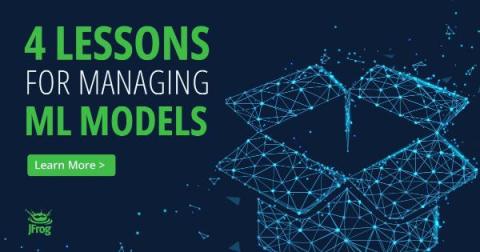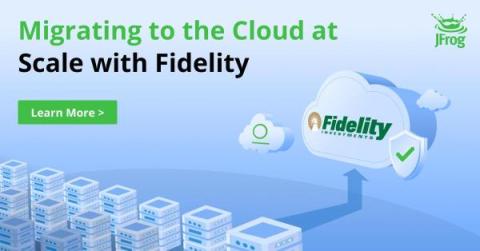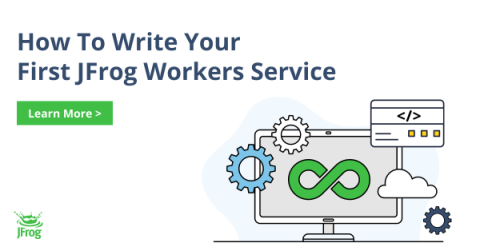Advancing MLOps with JFrog and Qwak
Modern AI applications are having a dramatic impact on our industry, but there are still certain hurdles when it comes to bringing ML models to production. The process of building ML models is so complex and time-intensive that many data scientists still struggle to turn concepts into production-ready models. Bridging the gap between MLOps and DevSecOps workflows is key to streamlining this process.











